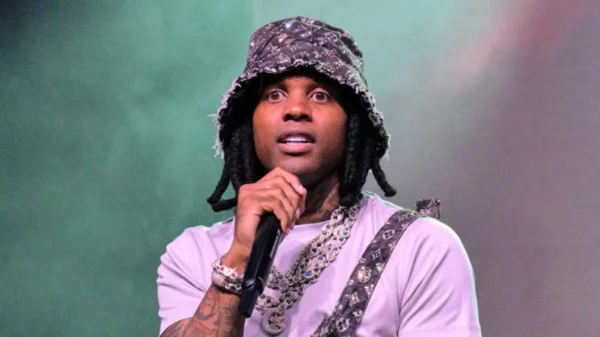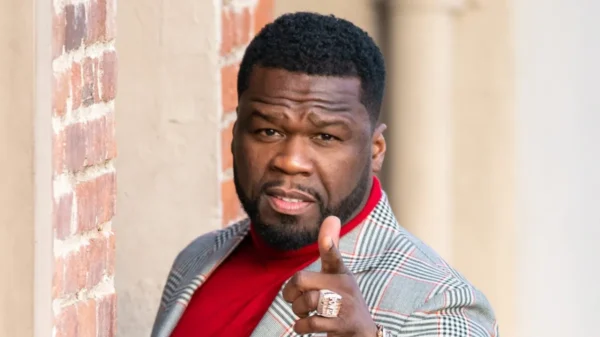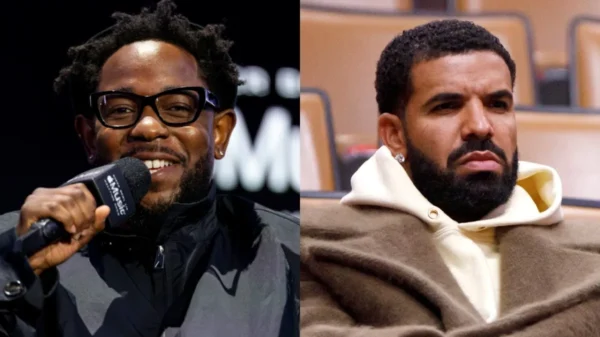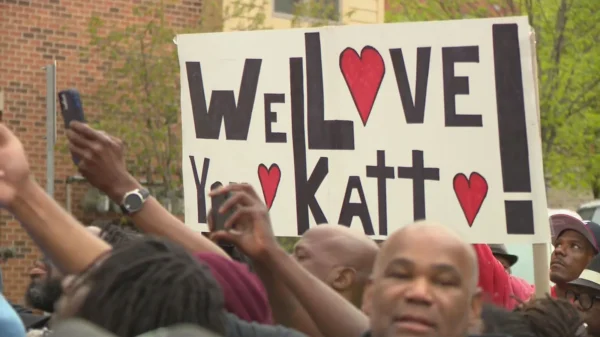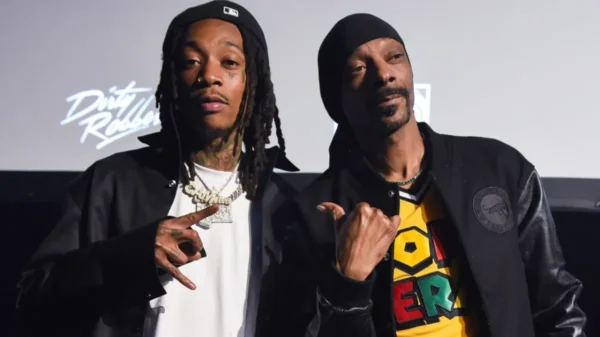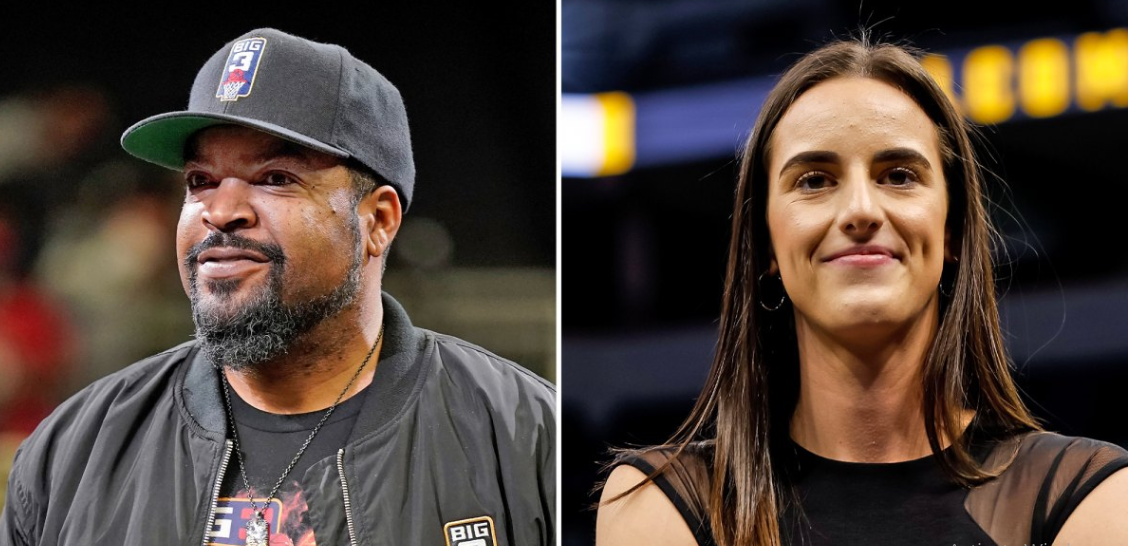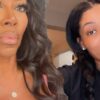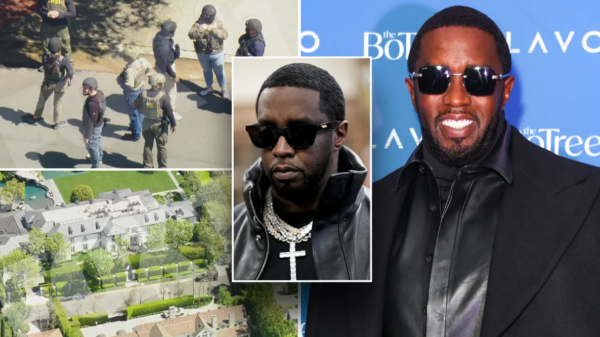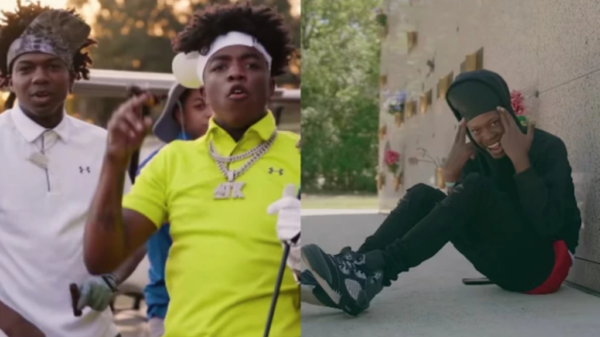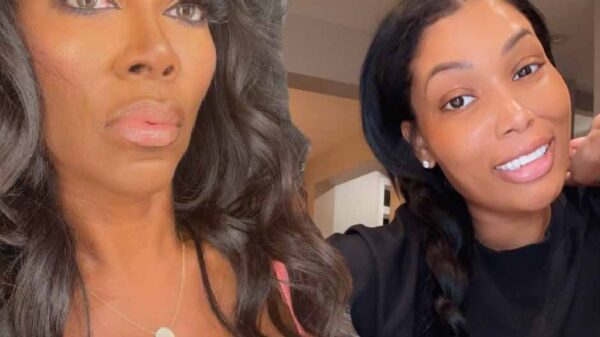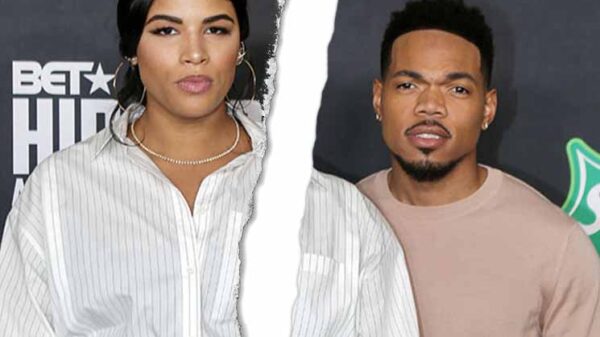It’s been a month since Caitlin Clark’s debut in the WNBA. She’s played in 14 games already, but the focus surrounding the women’s basketball phenom has been the treatment of her by other WNBA players and the media.
That has obscured one of the biggest storylines about her before she entered the league: her salary.
Clark’s initial contract—$338,000 over four years, with about $76,000 coming in her first year—spotlighted the low pay of WNBA players relative to other professional athletes. This was particularly eye-popping considering Clark had just helped drive nearly 19 million viewers to the Women’s NCAA Championship Game in April, which was over four million more than the Men’s Championship Game.
Due to several factors, like league revenue and the Collective Bargaining Agreement, it doesn’t seem like the pay of WNBA players is going to rise, at least in the near future. But there have been other options on the table for women’s basketball players, including playing in other leagues, like those abroad, or the upcoming Unrivaled league founded by WNBA stars Breanna Stewart and Napheesa Collier.
BIG3, a Men’s basketball league filled with retired NBA stars, actually offered Clark a massive deal back in March, but founder O’Shea Jackson Sr., known by his rapper name Ice Cube, made it clear in recent interview that it seems that Clark and her team had no interest in joining the league.
ICE CUBE OFFERED CLARK $10 MILLION, BUT HER AGENTS DIDN’T CARE
Speaking on “The Dan Patrick Show” on Thursday, June 13, Jackson said the BIG3 offered Clark a two-year deal worth a combined $10 million plus additional incentives. “It was two years, $5 million a year,” Cube said. “Plus, we were going to do cool stuff with merch and I think we was even talking about percentage in team ownership. We believe her coming into the BIG3 would be such a big deal that all boats would rise and the league would benefit from the attention and to see if she could actually do it against competition.”
However, Jackson has yet to receive a positive response from Clark and her agents. “Nah, we’ve moved on,” Cube said. “We see that she is focused on the WNBA. And you know, we really didn’t get great engagement from the offer from their team. I think the agents was hating on it a little bit. So we’re worried about the players that we have. We think we’re going to have our best season.”
TMZ’s initial report in March about the deal indicated that Clark could balance her time between the WNBA and BIG3 even though their season’s overlap. With the WNBA set for a break in July for the Olympics — and Clark missing the roster — she would have had time to play in the BIG3. But when asked by Patrick whether that newly opened window could re-open negotiations, Jackson quickly shut it down. “Nah — we know how to take no for an answer,” Cube said.
WHY DID CLARK DECLINE THE OFFER?
$10 million over two years is a lot of money to reject, regardless of Clark’s WNBA salary. The maximum salary in the WNBA right now only pays around $250 thousand annually — and Clark will have to play out her initial four-year deal before she can get close to that figure, unless the WNBA changes its CBA within that timespan. Clark does have a ton of endorsements — including an 8-year deal with Nike that pays her around $3.5 million per year.
But why would she reject the offer from the BIG3? According to Columbia University sports management professor Joe Favorito, a key point in Clark and her agent’s decision making is going to be her health. “There’s a load management issue,” Favorito said. “You’re building a long term career. You don’t have to go and play basketball 12 months a year. NBA players don’t play 12 months a year.”
While the BIG3 may pay Clark, the nascent league does not have the following or media attention that the WNBA receives. Clark’s ability to play in the WNBA will help her continue to grow her brand, and risking her health by playing in another league, particularly with men, may not be worth the money upfront. Favorito believes Clark can make up most of that money through endorsements that will also not put her at risk of losing out on her professional career.
“She’s going to make more than $10 million in all the other things that her brand will do without having to worry about injury,” Favorito said. “Maybe five years ago, if this was all that was available for an elite female athlete, that would be the case. But going to play basketball on a court against very seasoned professional men? I don’t think it’s a good business move.”
Clark has also said that she’s looking forward to the one month break she’s going to get in July after missing out on the USA Olympics roster. Because of the quick turnaround between the end of the NCAA season and beginning of the WNBA season, Clark has not had a proper break from basketball in nearly a year.
![]()

